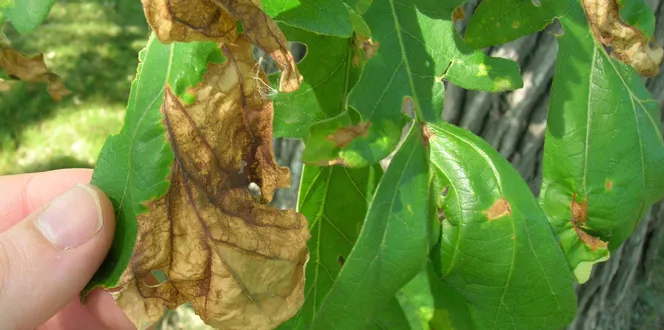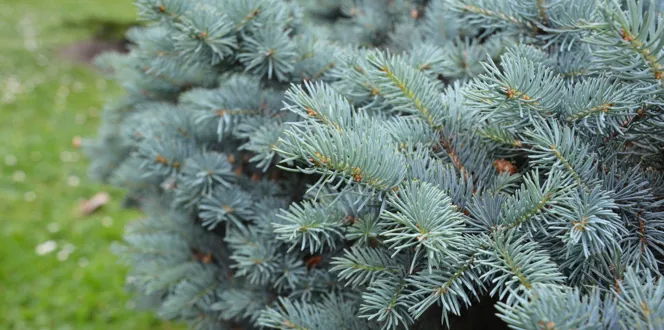Japanese maples are the beloved trees of many homeowners. They bring graceful form, vivid foliage, and unique beauty.
This versatile tree can be used in small spaces or as an accent plant to highlight a specific area. They also bring year-round interest to your landscape with relatively low-maintenance needs.
When you have a tree this unique and colorful, you certainly don’t want to see a thinning canopy or branches dying.
That’s, unfortunately, what Japanese maple scales can do. This pest can pierce through the bark and feed on sap just beneath the bark, robbing it of nutrients and energy.
Let’s talk more about scale on Japanese maples and how to treat Japanese maple scales so you can save your trees if this insect strikes.
What Does Japanese Maple Scale Look Like?
These scales on Japanese maples have hard covers that protect them from outside elements and threats.
They are pretty small in size – 1 to 1.8 millimeters long, are shaped like oyster shells, and are dark brown in color, but may have a white covering.
Japanese maple scales typically infest the trunk and branches of trees, but have been seen on leaves in heavy infestations.
Life Cycle
Japanese maple scale insects develop eggs in spring, which can be purplish in color. When born in late spring through early summer, Japanese maple scales are flat wingless insects that can be found on your tree stems.
They eventually settle to attach themselves to a stem, produce a waxy cover (called a test), and begin feeding. They use fine, wire-like tubes to pierce plant tissues and suck out the liquid. After feeding, they become translucent. This can make them hard to see on lighter-colored bark.
Japanese maple scales can have multiple generations per year, depending on your location. A second generation can emerge in August in Maryland and Indiana, for instance. But North Carolina can have two to four generations annually.
Host Plants
Japanese maple scales can attack a wide variety of trees and shrubs.
Some of the most common ones include:
- Dogwoods
- Elms
- Maples
- Magnolias
- Lilacs
With light infestations, you might find them near twig unions, in bark fissures, and on buds. But in heavy infestations, scales can cover whole stem or trunk surfaces.
Japanese Maple Scale Tree Damage
Japanese maple scale insects rob a tree of its nutrients and energy.
As they steal these resources, you might see the following symptoms:
- Twig and branch dieback
- Thinning foliage
- Gradual decline in health
- Heavily infested trees may have a bumpy white texture on branches
How To Treat & Manage Japanese Maple Scale
The Japanese maple scale’s waxy coating protects it from control treatments. But during the crawler stage, the scale does not have this protective cover, making it more susceptible to insecticides.
A certified arborist can help determine the peak emergence period of the crawlers, which typically occurs in early spring for a first generation and in midsummer for areas that experience a second generation. For Japanese maple scale treatment, they may use horticultural oils or systemic insecticides to professionally battle this pest and restore your tree to good health. Manual controls with a soft brush can also be highly effective when populations are low enough to the ground. Your tree may need more than one treatment, depending on the infestation level.





